Increase in Competitive Shooting Events
The rise in competitive shooting events has become a notable driver in the Sporting Gun Market. Events such as IPSC, IDPA, and various national championships attract enthusiasts and professionals alike, fostering a community that values precision and skill. This trend has led to an increase in demand for specialized firearms and accessories tailored for competition. According to recent data, the number of registered participants in shooting competitions has seen a steady increase, suggesting a growing interest in the sport. As more individuals engage in competitive shooting, manufacturers are likely to innovate and expand their product lines to cater to this segment, thereby enhancing the overall market landscape.
Regulatory Changes and Legal Frameworks
Regulatory changes and evolving legal frameworks significantly impact the Sporting Gun Market. In various regions, governments are revising firearm laws to promote responsible ownership while ensuring public safety. These changes can lead to increased demand for compliant sporting guns, as consumers seek to adhere to new regulations. For instance, the introduction of mandatory safety features or background checks may influence purchasing decisions. Market data suggests that regions with more favorable regulations tend to experience higher sales volumes, as consumers feel more secure in their ability to own and use firearms legally. This dynamic creates opportunities for manufacturers to develop products that align with regulatory requirements.
Technological Advancements in Firearm Design
Technological advancements play a crucial role in shaping the Sporting Gun Market. Innovations in materials, manufacturing processes, and design have led to the development of lighter, more durable, and accurate firearms. For instance, the introduction of polymer frames and advanced optics has transformed the shooting experience, making it more accessible and enjoyable for users. Market data indicates that firearms equipped with modern technology are increasingly preferred by consumers, as they offer enhanced performance and reliability. This trend not only attracts new participants to the sport but also encourages existing enthusiasts to upgrade their equipment, thereby driving sales and fostering a competitive market environment.
Growing Interest in Hunting and Outdoor Sports
The growing interest in hunting and outdoor sports has emerged as a significant driver in the Sporting Gun Market. As more individuals seek to connect with nature and engage in outdoor activities, the demand for sporting guns has surged. Recent statistics reveal that hunting license sales have increased, indicating a resurgence in traditional outdoor pursuits. This trend is further supported by the rise of social media platforms where enthusiasts share their experiences, thereby inspiring others to participate. Consequently, manufacturers are responding by diversifying their product offerings to include firearms that cater to various hunting and shooting styles, thus expanding their market reach.
Rise of Online Retail and E-commerce Platforms
The rise of online retail and e-commerce platforms has transformed the Sporting Gun Market, providing consumers with unprecedented access to a wide range of products. Online shopping allows enthusiasts to compare prices, read reviews, and purchase firearms and accessories from the comfort of their homes. Recent data indicates that e-commerce sales in the sporting goods sector have grown significantly, reflecting a shift in consumer behavior. This trend not only benefits consumers by offering convenience but also enables manufacturers and retailers to reach a broader audience. As online platforms continue to evolve, they are likely to play an increasingly vital role in shaping the purchasing landscape of the sporting gun market.


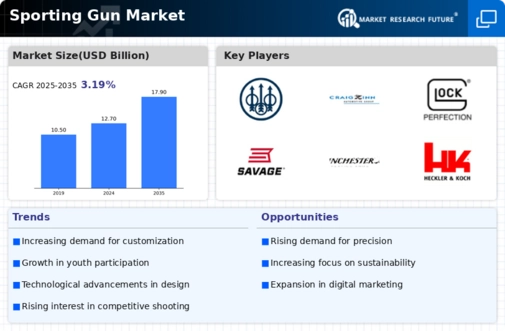
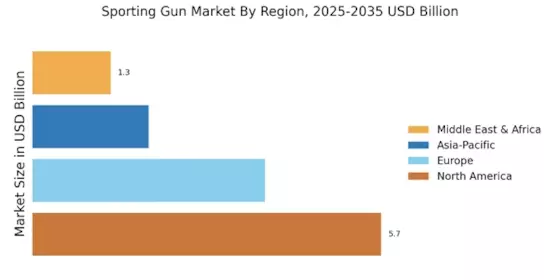

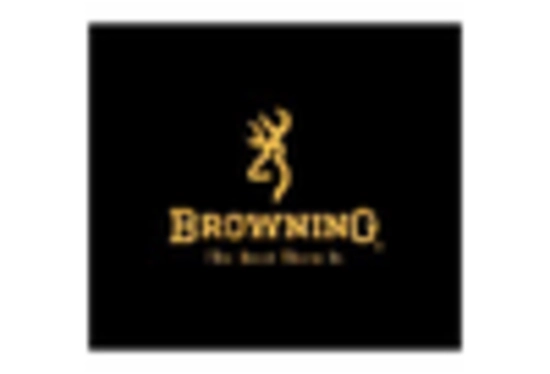
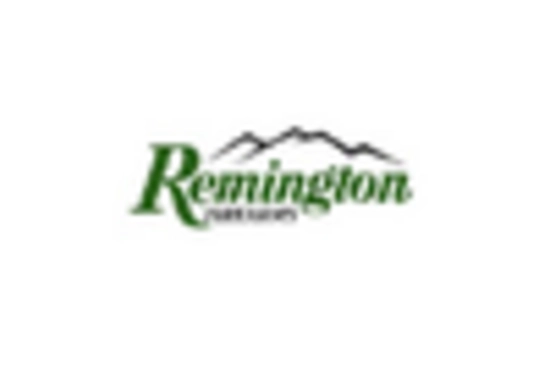
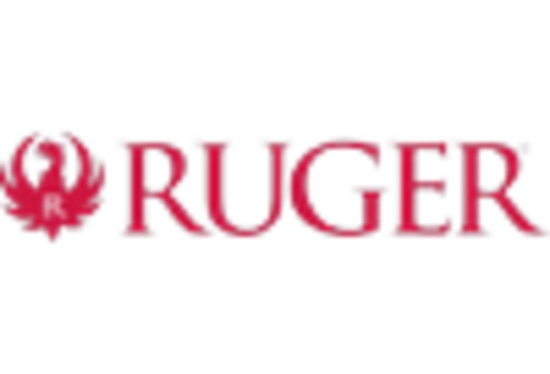

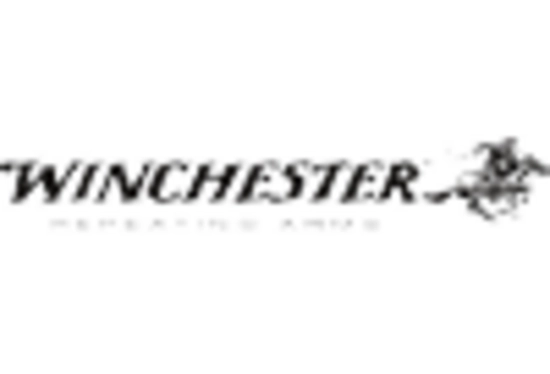








Leave a Comment